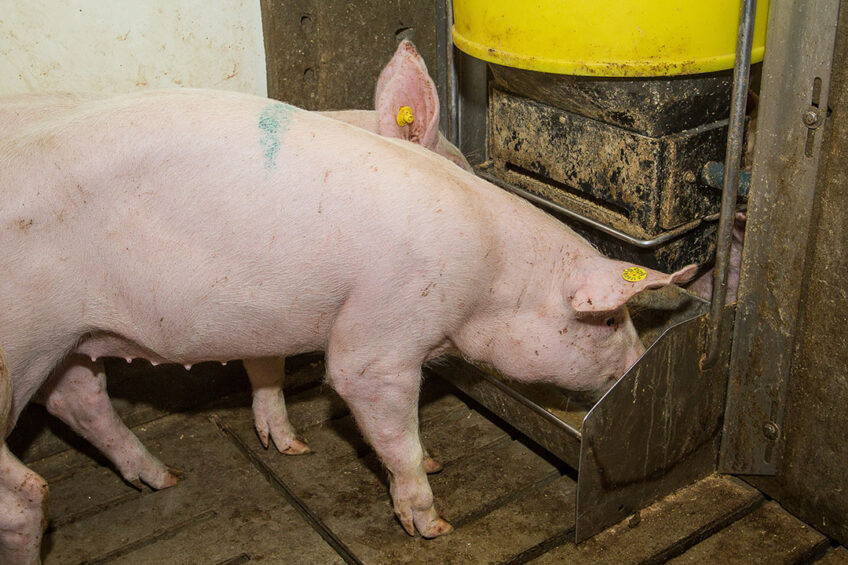The energy debate: Palm oil in the spotlight

Palm oil could be an ingredient to consider when searching for alternative energy supplies for swine, writes swine nutrition and health expert Dr Casey Bradley. Even when taking into account some of its drawbacks, there are some good reasons to think about a feeding strategy that includes palm oil.
Isn’t it fascinating how life sometimes presents seemingly coincidental events that actually have deeper connections? Recently, a conversation about palm oil products for ruminants merged seamlessly with a newsletter spotlight on the same subject. It’s as if the universe nudged me to delve into alternative energy supplies for our swine.
One pressing concern I have grappled with is the increasing diversion of soy and corn oil towards biodiesel. While there’s a debate about land usage, the undeniable fact remains we all need energy – whether it’s animals needing it for sustenance or our insatiable desire for prompt Amazon deliveries.
Swine diets in the USA derive energy from…
- Gains and legumes: Primarily corn and soybean meal, supplemented by wheat, sorghum and oats;
- By-products: Items like distillers dried grains and solubles (DDGS), bakery and milk by-products; and
- Fats/oils: Choices range from animal-based (e.g. poultry or tallow) to vegetable (e.g. corn or soy).
The beauty of energy is its calculability. Kansas State University, for instance, offers tools to determine the value of added fat in swine diets. But delving deeper into energy calculations, I tip my hat to Dr Dean Boyd for pioneering the re-evaluation of soybean meal’s energy value.
But what about palm oil?
One of the main problems with palm oil is that 84% of the global supply comes from Indonesia and Malaysia, while production is also growing in Asia and Latin America due to global demand. Freight and import tariffs complicate its value as an energy source for livestock in the USA.
There are other environmental and political concerns as well around palm oil, including deforestation of tropical forests for plantations and child labour laws, that make this a challenging ingredient to consider. However, from a feed additive perspective it is the talk of the town: medium-chain fatty acids (MCFA). The heavy tariffs disappear when it is being exported as a salt.
Capturing the benefits of palm oil at low inclusion levels
Early research with MCFA was conducted with coconut and palm oil being added as a fat source as 1% to 5% in the diets. But through the extraction of the specific fatty acid chains and then stabilisation as salts, the benefits of MCFA were able to be captured at a lower inclusion level. On a net energy basis for growing swine, palm oil is 32.42 MJ/kg dry matter (DM) versus corn oil at 34.00 MJ/kg DM, as was shown in research by Enkai Li and others at the China Agricultural University in 2018.
However, the true value of palm oil for lactating animals is palmitic acid (C16:0), for which palm oil trumps corn by 46.2% vs. 0.0% of the fatty acid profile. The reason is that palmitic acid is a valuable fat source for milk production, because it is absorbed via the lymph system versus the portal vein and has consistently been proven to increase milk fat yields, especially for our ruminant friends.
With all the challenges we are having with large litters and piglet survivability pre- and post-weaning, should we consider palm oil to “butter” up our weaned pigs, and give them extra energy stores to get off to a good start and thrive downstream?











